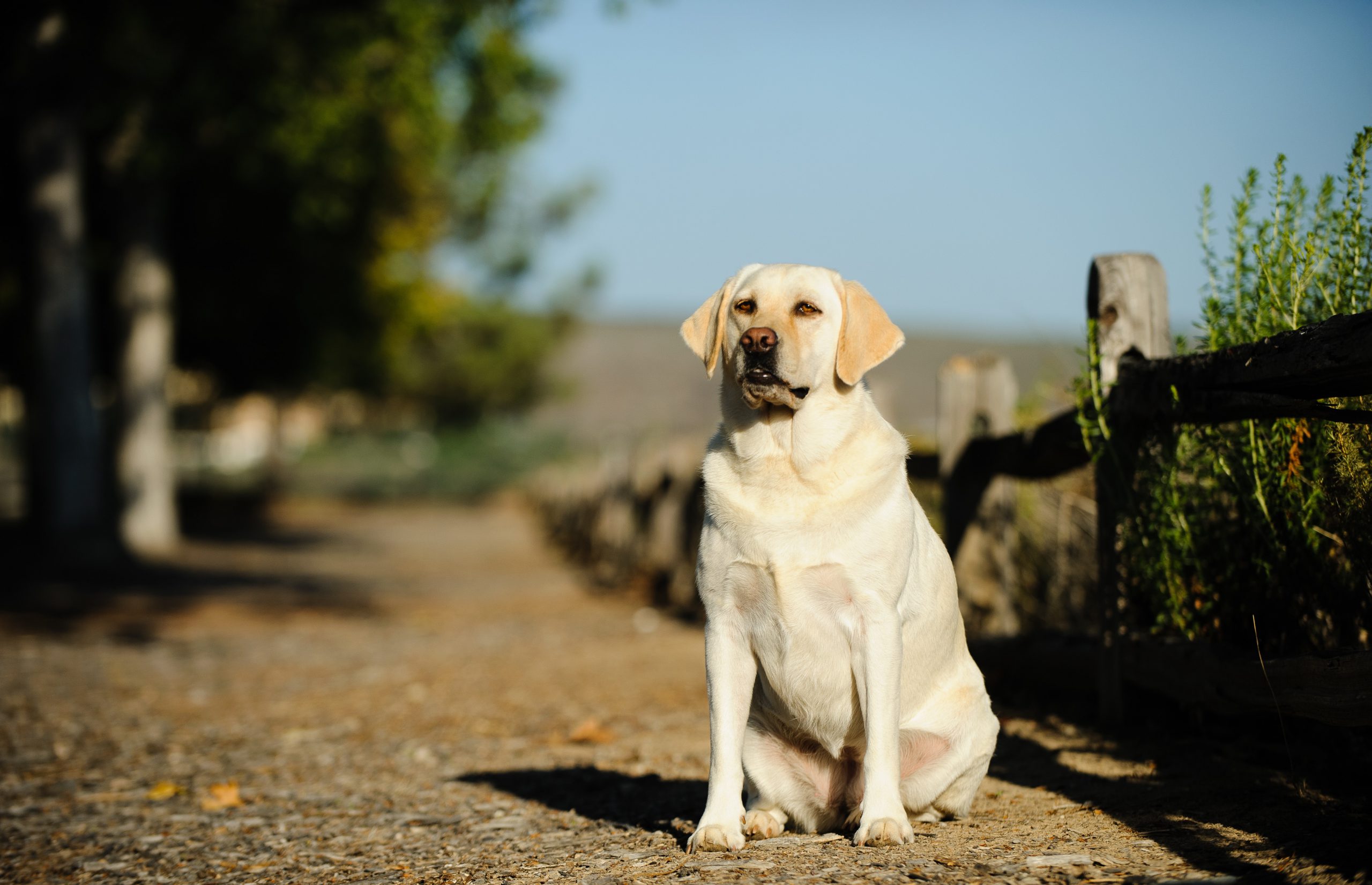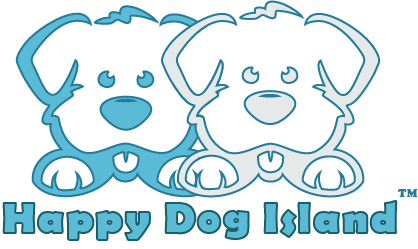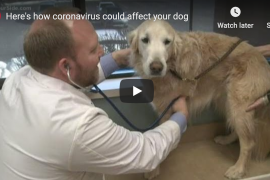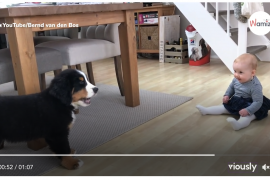How to Tell if My Dog is Overweight: Dangers of Dog Obesity
The incidence of obesity or overweight condition in dogs seems to be on the rise; some estimates are that 4 out of 10 dogs are overweight. Weight gain can be caused by medical conditions that require veterinary intervention, but most often it is the result of poor feeding habits by the owner; the dog either gets too much of his own food, too many handouts of food from the human dinner table, a food that is too high in calories or too many treats.
Dogs can easily train people to give them excess treats. <<< — This is so true!

A Big Source of Health Problems
One of the reasons dogs are so popular is that humans are conditioned to respond to their “cuteness”. Giving your dog excess treats doesn’t mean you love him more. It’s really the opposite: owners who feed their dogs too much or too often are increasing the chances their pet will have serious health problems. Just as with humans, obesity can lead to organ damage, including to the heart and lungs. Joint problems and arthritis can also occur. Most veterinarians say that chronic overweight leads to shortened life span.
Check Your Dog's Ribs
Examining your dog’s ribs is a good indication of whether he is at a healthy weight. The ribs should not visibly protrude; that could mean he is underweight. On the other hand, if it is difficult for you to feel his ribs (because of the roll of fat there), he is probably overweight. What is considered normal does vary by breed, however. Naturally lean canines such as greyhounds do have ribs that are visible.
Look from Above
Another test is to stand up and look at your dog from above. He should have an obvious waistline, not a sausage or barrel shape.
What to Do if Your Dog is Overweight
If you find yourself with a pudgy pup, you need to cut back on giving him treats or extras such as table scraps, and come up with a food that helps him lose excess pounds without causing him to feel starved. There are specially formulated dog foods that have fewer calories.
You can also supplement his food with such things as chopped up vegetables that provide bulk, so he is satisfied when he’s finished eating. If you're buying canned vegetables buy the kind that has no added salt. Frozen vegetables need to be defrosted of course, but not necessarily cooked. Raw veggies work as well to fill your pup up.
A food with higher moisture content, such as canned dog food, can also help give him a feeling of being full, but don't overdo it.
If your dog eats too fast and you tend to give him more food because he doesn't seem satisfied, a slow feeder dog bowl might be a solution…and you can find out more in our slow feeder dog bowl review. They have a unique shape and force your dog to eat slower and enjoy his food. Eating too fast actually can pose a lot of dangers for your dog, so a bowl like this could help him keep safe.
Whatever the cause of your dog's extra weight, he's counting on you to solve the problem, so be sure to take the appropriate steps, so your dog can live a long, happy and healthy life.



